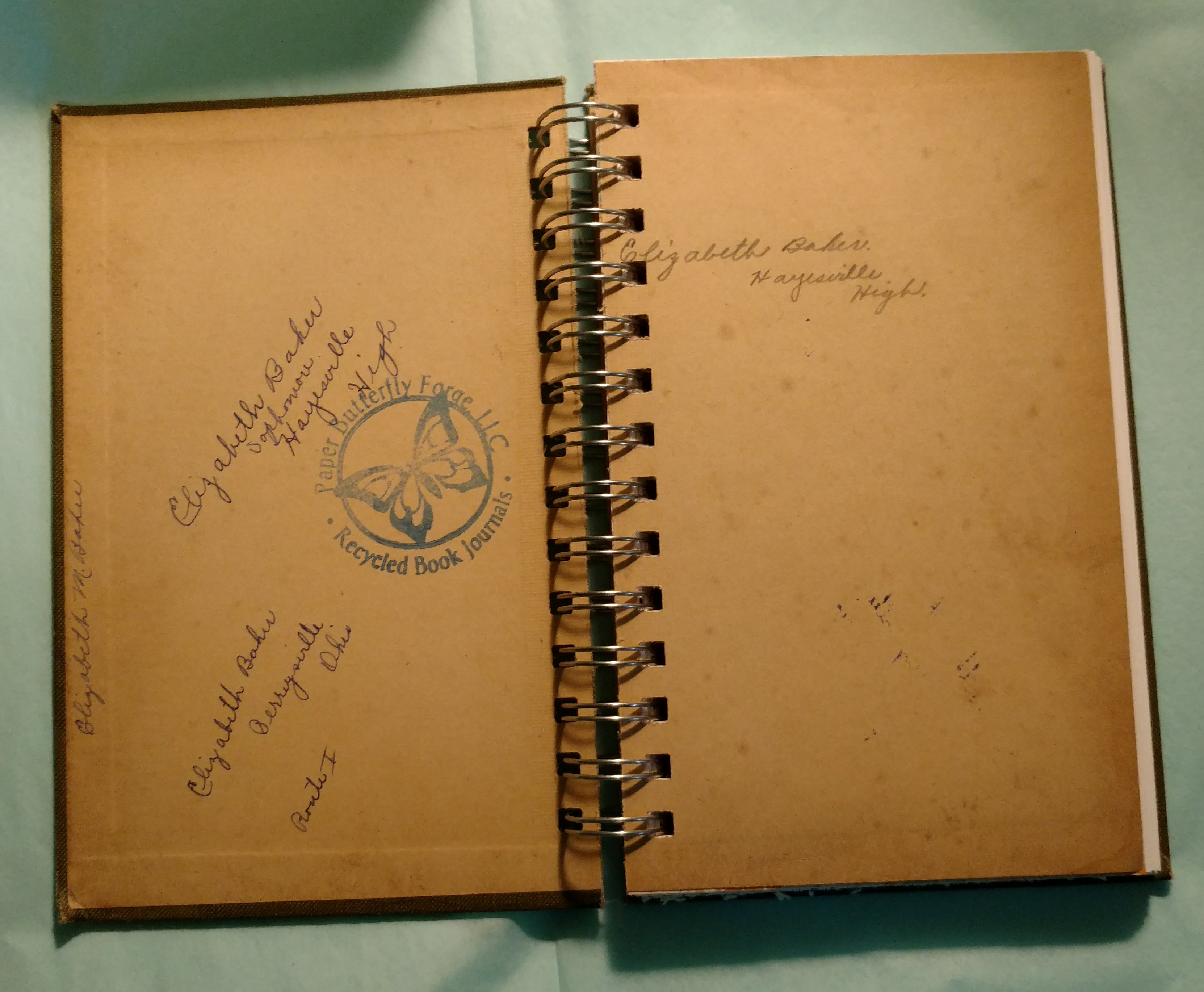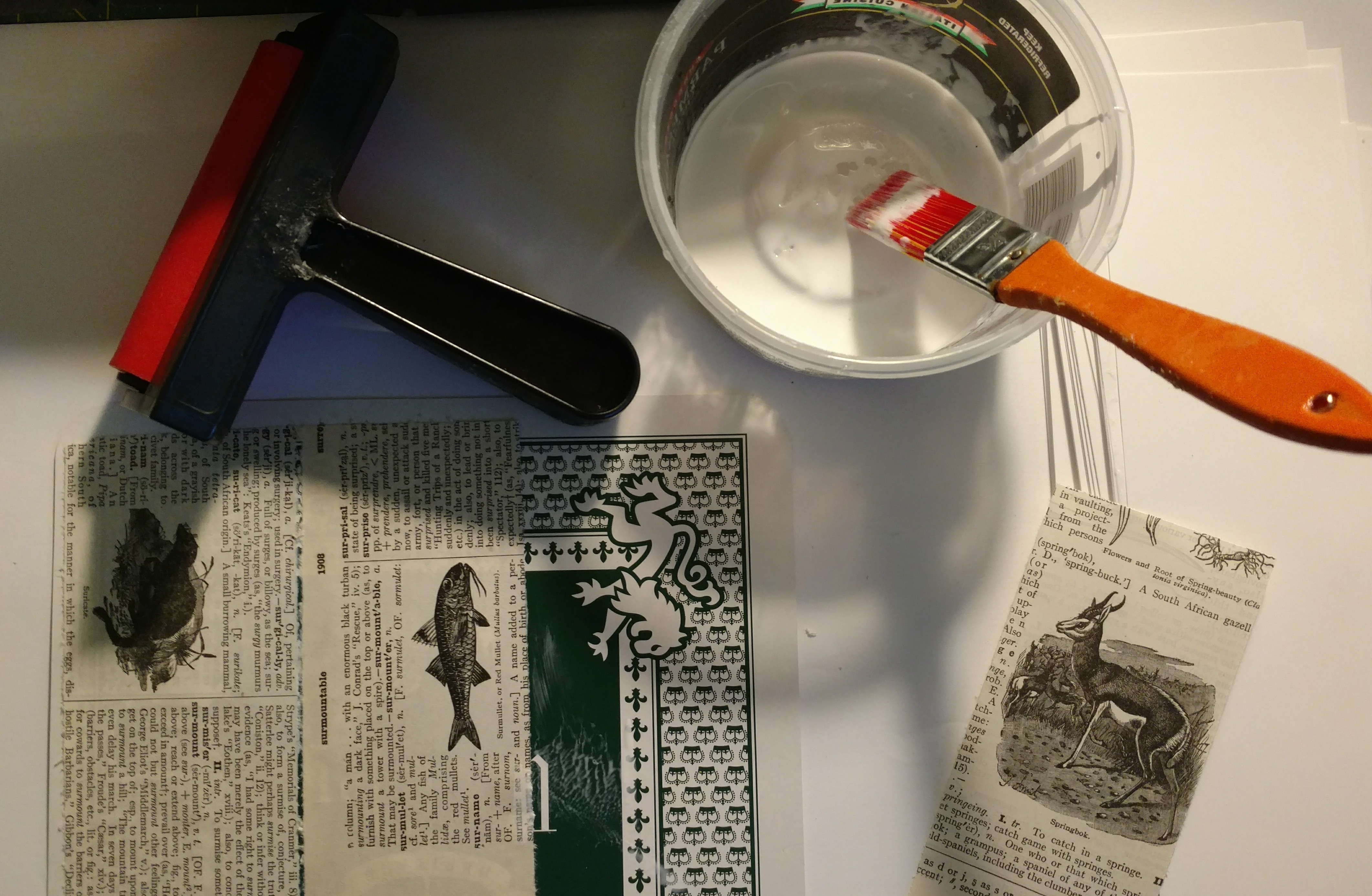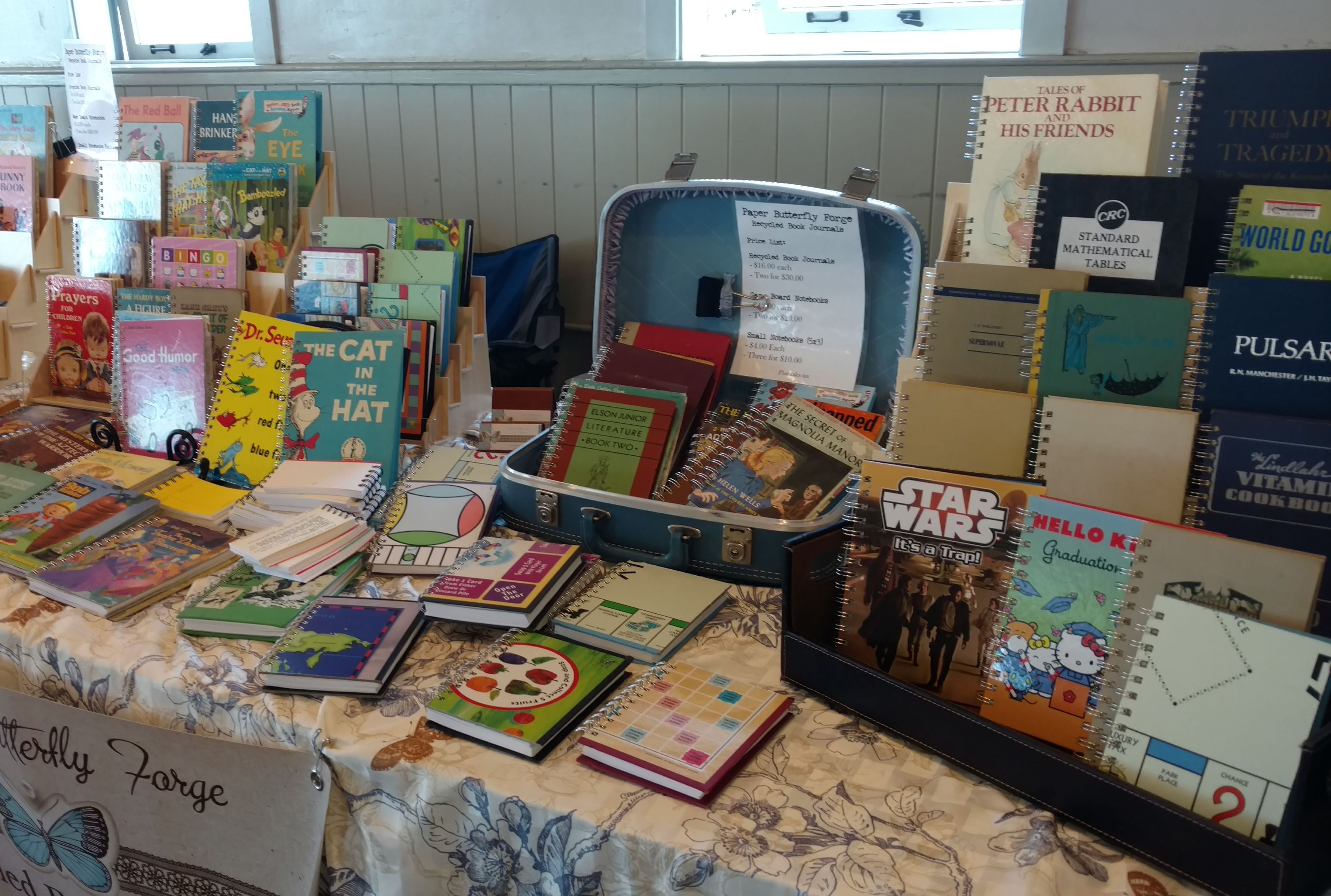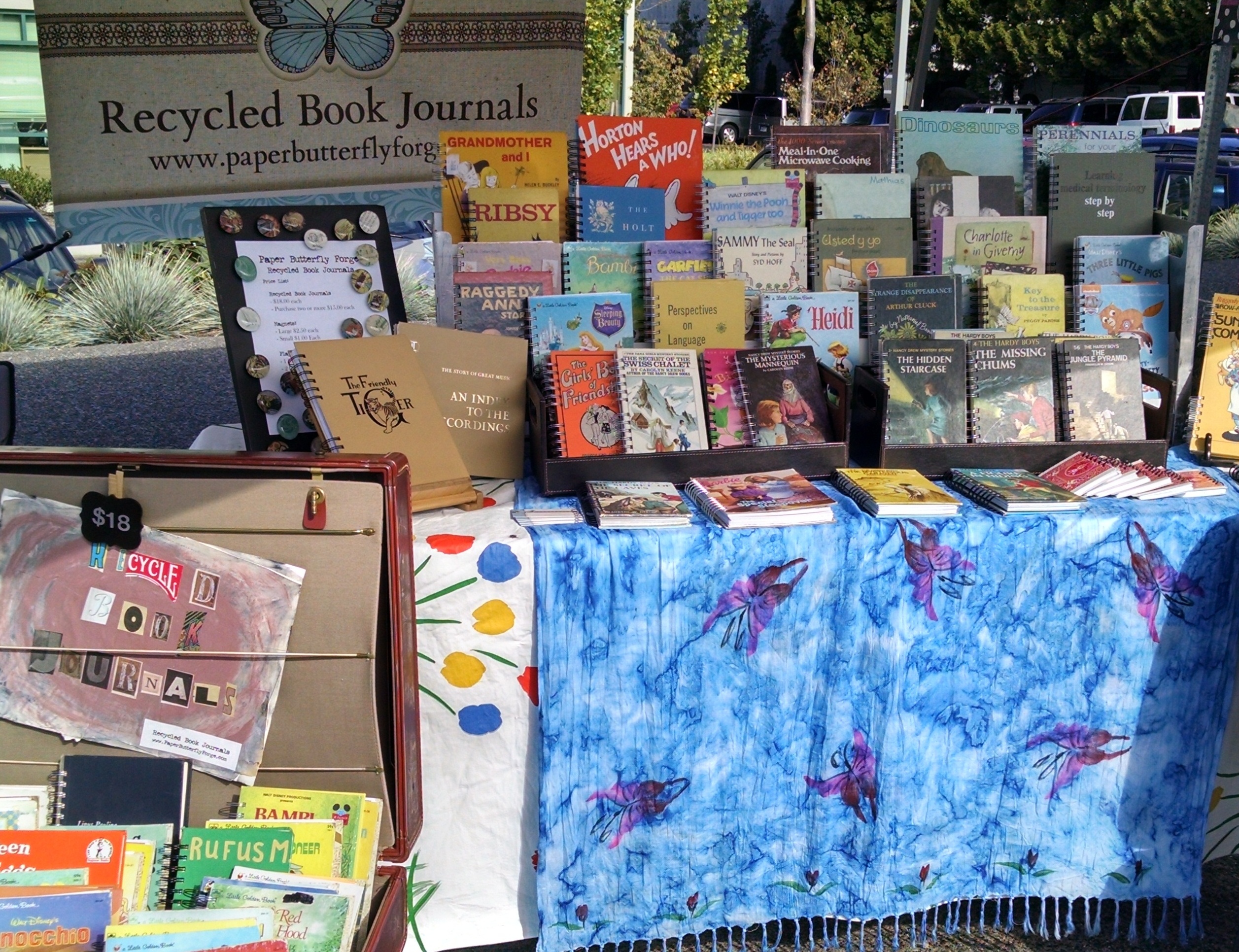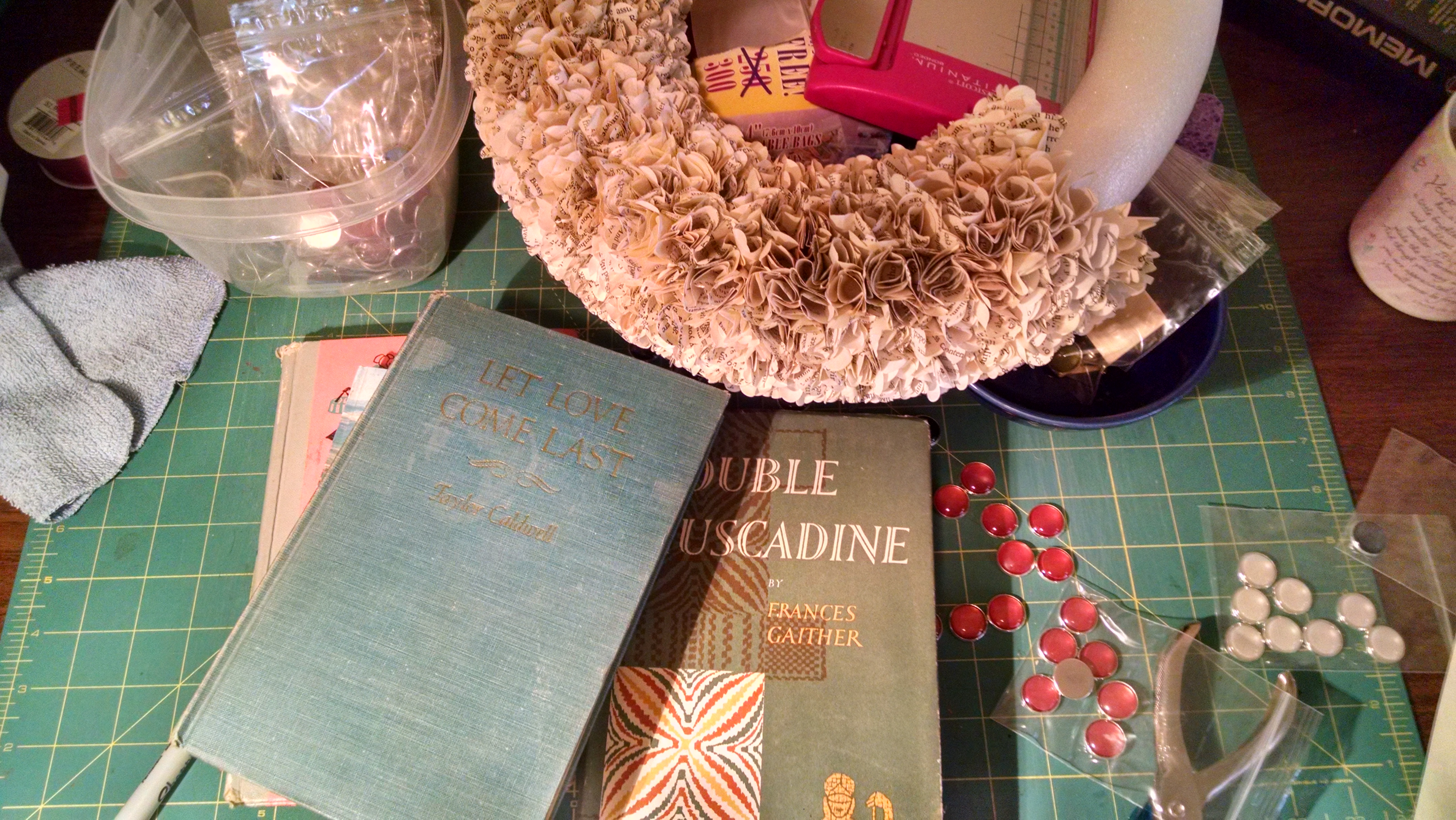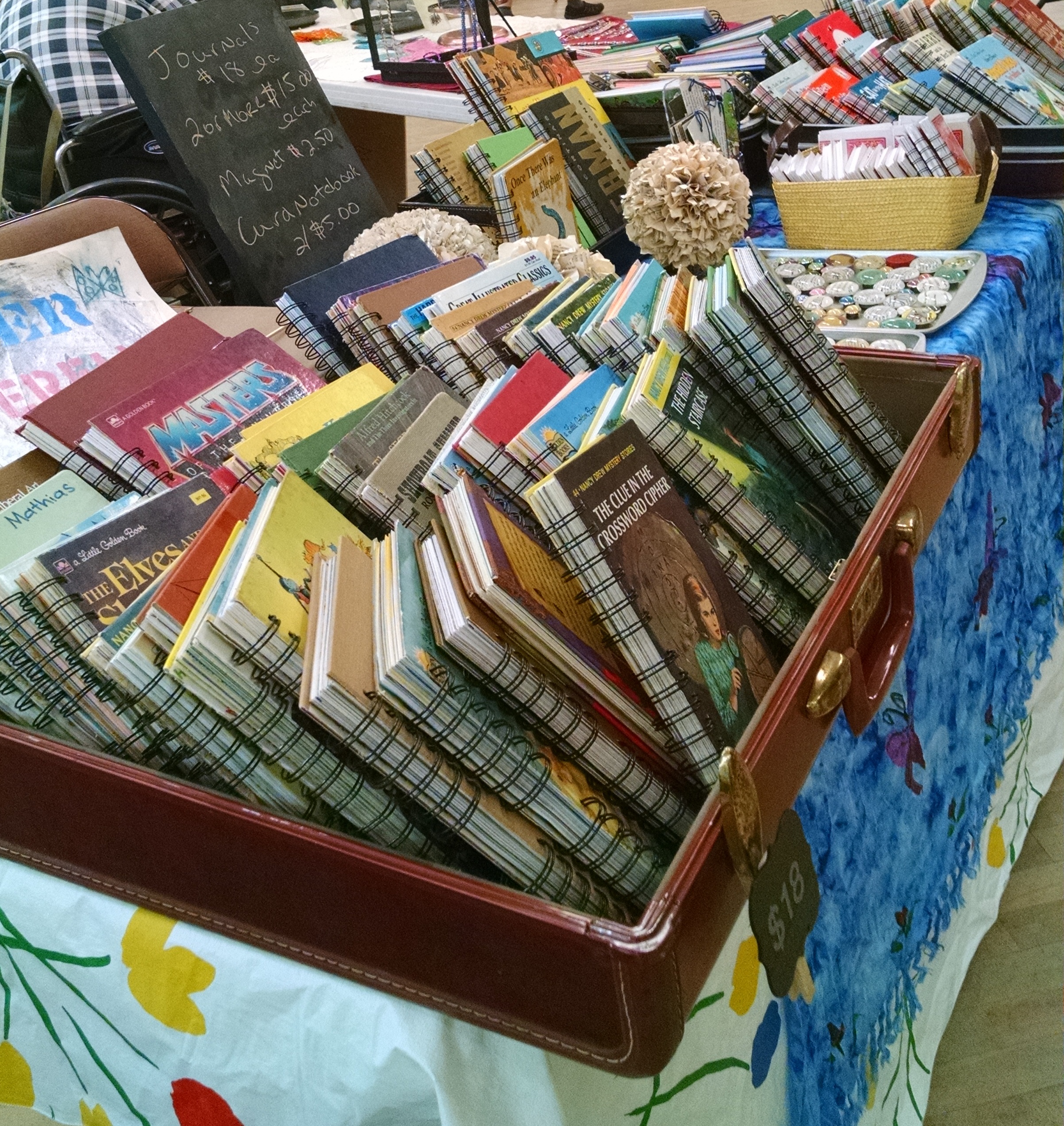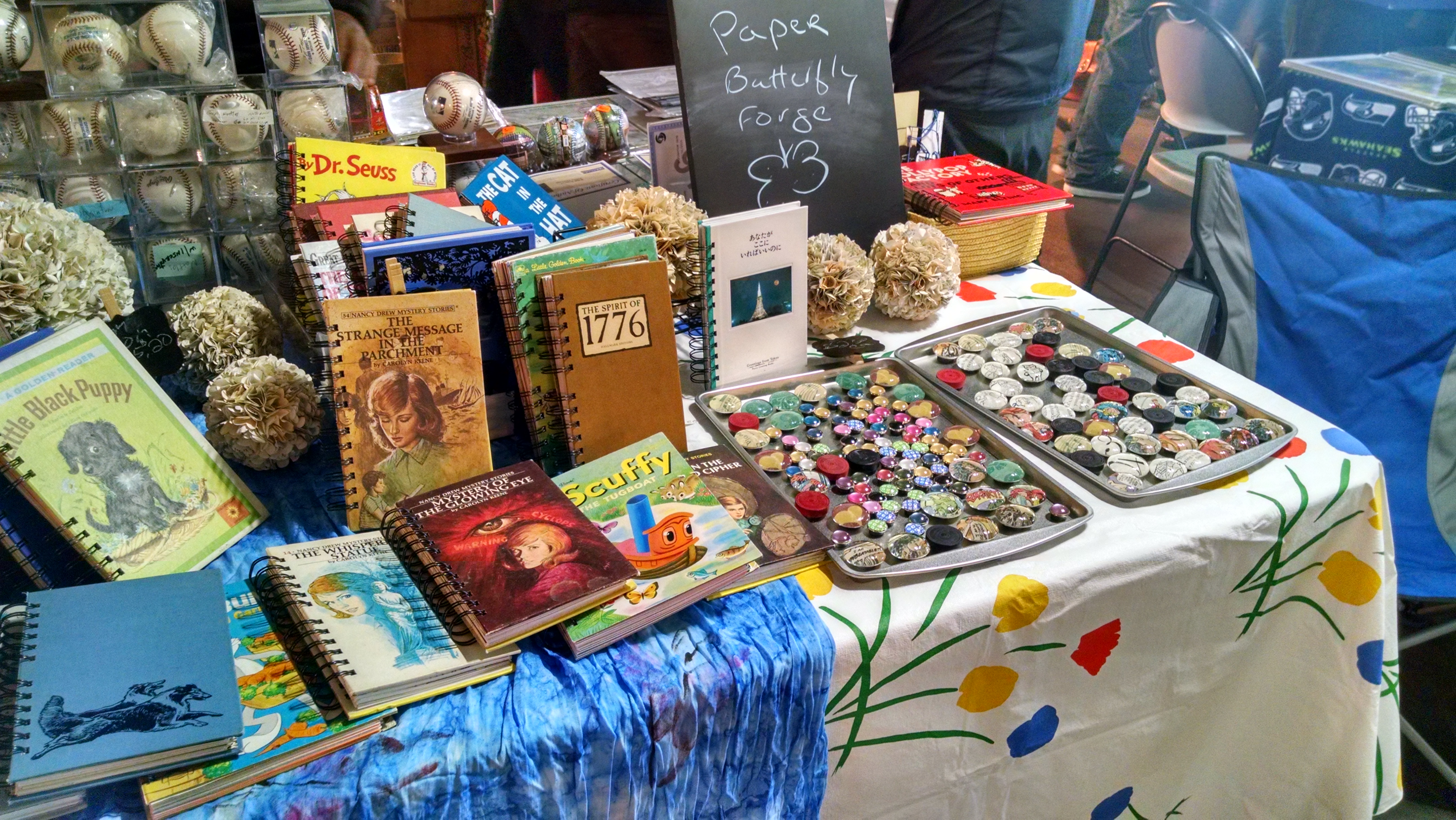I see a ton of people set up for the first time at all types of craft fairs. However, when I talk to them, the newbies don’t always consider all the costs of being there. Today, I would like to express my opinion on that.
Labor: How many hours are you going to be at the craft fair. Any helpers? Are they volunteers or are you compensating them? Be aware that labor laws also apply to craft fair helpers. Take a few moments to read up on what is an independent contractor vs. an employee in your state.
Transportation: Did you rent a Uhaul, use your personal vehicle or borrow a friends car? You might be entitled to a mileage deduction on your federal or state taxes. It’s useful to keep track of your costs.
Hotels: If you stay at a hotel/campground be sure to add that in as part of your cost.
Parking: Put a coin in the meter? Then put a line in your cost tracking spreadsheet for parking. One other thing. How are going to get the boxes of product from your vehicle to the craft fair? Having a dolly or wagon will make it easier. Most items need to be carried 50 feet or more. I had one craft fair where I had to carry everything a block. And that included the canopy tent.
Canopy Tent: A lot of outdoor fairs require you to have a canopy tent. They might be 10 by 10 feet or 8 by 8 feet. You might be using a family tent, but if you buy a new one, record the cost. Cost Accounting is a bit different than tax accounting. So roughly guess on how many craft fairs that you will be using it for, the allocate a percentage of the cost. Note that inexpensive tents will only last one or two summers before breaking.
Tables/Racks/Gridwall. These are the foundations of your craft display. Like the tent, roughly allocate across how many craft fairs you are planning to do.
Table Cloths, Jewelry Displays, Other display. These are the sparkle on your display. They highlight your items and set the tone. Also roughly allocate.
Banners: These are fairly inexpensive but you may need a graphic designer to put some sparkle on the banner. Vista Print or most office stores can print them for you.
Oh yeah, booth fees. Craft fairs usually charge a fee to attend. As always, I suggest a credit card for payment for the best protection against fairs that are cancelled. Event cancellation happens to even large fairs and comic cons.
By now you are probably thinking: But Laura, what about the things that I’m selling. Those are my pride and joy! Enough of the bookkeeping and boring tent stuff!
Sure! Cost of Goods Sold:
Materials: Count up what the raw materials cost.
Labor: Keep track of your time and effort. (Not the R & D part)
Supplies and overhead: Some of the materials, like paint and glue, are difficult to quantify. Do an estimate and allocate a portion to each item.
Overhead: Website costs, business cards, studio costs, utilities, phones, and office supplies.
Okay, so that is overwhelming. No one would ever set up at a craft fair if they thought this through. Many people do craft fairs or vendor fairs as a part time thing or even a hobby. It’s important to think about all these things so that you don’t go on a buying spree that fizzles out after one or two craft fairs. Budgets are real and very few people have unlimited funds. If you want to economize some of the costs, ask friends if they have a canopy tent or tables that you can borrow. In addition, inside craft fairs might be less expensive that outside ones. Craigslist or Ebay are also discounted places to look. Walmart and Target also have discounted tables, tents or wagons.



